A Novel Fractional Dengue Transmission Model in the Presence of Wolbachia Using Stochastic Based Artificial Neural Network
Zeshan Faiz,Iftikhar Ahmed,Dumitru Baleanu and Shumaila Javeed,5,6,⋆
1Department of Mathematics,COMSATS University Islamabad,Islamabad,45550,Pakistan
2Department of Mathematics,Cankaya University,Ankara,06790,Turkey
3Institute of Space Sciences,Magurele-Bucharest,077125,Romania
4Department of Medical Research,China Medical University Hospital,China Medical University,Taichung,40402,Taiwan
5Department of Computer Science and Mathematics,Lebanese American University,Beirut,135053,Lebanon
6Department of Mathematics,Mathematics Research Center,Near East University,Nicosia/Mersin,99138,Turkey
ABSTRACT The purpose of this research work is to investigate the numerical solutions of the fractional dengue transmission model (FDTM) in the presence of Wolbachia using the stochastic-based Levenberg-Marquardt neural network(LM-NN)technique.The fractional dengue transmission model(FDTM)consists of 12 compartments.The human population is divided into four compartments;susceptible humans(Sh),exposed humans(Eh),infectious humans(Ih), and recovered humans (Rh).Wolbachia-infected and Wolbachia-uninfected mosquito population is also divided into four compartments:aquatic(eggs,larvae,pupae),susceptible,exposed,and infectious.We investigated three different cases of vertical transmission probability(η),namely when Wolbachia-free mosquitoes persist only(η=0.6),when both types of mosquitoes persist(η=0.8),and when Wolbachia-carrying mosquitoes persist only(η=1).The objective of this study is to investigate the effectiveness of Wolbachia in reducing dengue and presenting the numerical results by using the stochastic structure LM-NN approach with 10 hidden layers of neurons for three different cases of the fractional order derivatives(α=0.4,0.6,0.8).LM-NN approach includes a training,validation,and testing procedure to minimize the mean square error(MSE)values using the reference dataset(obtained by solving the model using the Adams-Bashforth-Moulton method(ABM).The distribution of data is 80%data for training,10%for validation,and,10%for testing purpose)results.A comprehensive investigation is accessible to observe the competence, precision,capacity, and efficiency of the suggested LM-NN approach by executing the MSE,state transitions findings,and regression analysis.The effectiveness of the LM-NN approach for solving the FDTM is demonstrated by the overlap of the findings with trustworthy measures,which achieves a precision of up to 10-4.
KEYWORDS Wolbachia;dengue;neural network;vertical transmission;mean square error;Levenberg-Marquardt
Nomenclature
LM Levenberg-Marquardt
FSTM Fractional dengue transmission model
ANN Artificial neural network
MSE Mean square error
ABM Adams-Bashforth-Moulton
1 Introduction
Dengue fever is widespread,with an approximated 3.9 billion people at threat and 390 million new dengue infections estimated each year[1].The female Aedes aegypti and Aedes albopictus mosquitoes are the main vectors spreading dengue infection[2].The virus that causes dengue has four serotypes:DEN1,DEN2,DEN3,and DEN4,with a probable fifth strain recently discovered[3].Recent progress has been made in the development of dengue vaccines that provide protection against four strains of the virus.For example,the first vaccine called Dengvaxia has been approved in many countries.Other dengue vaccine candidates like TAK-003 and TV003/TV005 are also in development[4–6].
Dengue is transmitted to people through the bite of a dengue-infected female mosquito.The extrinsic incubation period(EIP)is the time it takes for the dengue virus to multiply in a mosquito’s body before it can reach the salivary glands and be transmitted to a human through a bite.Factors such as temperature,humidity,and rainfall affect the length of the EIP.A comprehensive approach that includes these factors can help to reduce the EIP of dengue virus in mosquitoes and ultimately reduce the transmission of the disease.Only mosquitoes that survive the EIP are capable of transmitting the virus to humans[7].
Wolbachia, a bacterium, is present in certain mosquito species and about 60% of all groups of insects.The potential use of Wolbachia-infected mosquitoes as an alternative approach to control dengue transmission.While vaccines and insecticides are effective, they have limitations such as incomplete protection and adverse effects on the environment.In contrast, Wolbachia-infected mosquitoes have shown promise in reducing dengue transmission in field trials by preventing the virus from being transmitted to humans.This method appears to have fewer environmental impacts and a lower likelihood of insecticide-resistant mosquito populations developing[8].Wolbachia is transferred through vertical transmission and changes the reproductive phenotype of potentially infected insects,providing the bacterium a reproductive advantage over uninfected insects.Depending on the insect species and Wolbachia strain,the reproductive phenotype displayed might lead to feminization,male death,parthenogenesis,or,most frequently,cytoplasmic incompatibility.Cytoplasmic incompatibility(CI)is the characteristic of Wolbachia that is critical for the invasion of population and perseverance because it provides a reproductive advantage to female mosquitoes that carry Wolbachia[9].Fractional models can capture the behavior of a system when classical differential equations fail,especially when memory effects or long-range interactions are present.To obtain the results in non-integer order we use the fractional model.Compared to ordinary differential equations, fractional differential equations can describe more complex dynamics and can be formulated in various ways, such as in terms of Caputo or Riemann-Liouville fractional derivatives.Fractional mathematical models can help to better understand the dynamics of Wolbachia transfer and how it affects the invasion of dengue.
The theory of fractional derivatives has a wide range of applications in medicine, finance,engineering, physics, and many other fields [10–12].Many researchers analyzed a wide range of complicated phenomena based on the fractional derivatives,Kilicman et al.[13]worked on the SIR fractional model for dengue transmission, Jajarmi et al.[14] investigated a fractional mathematical model for dengue fever,Qureshi et al.[15]analyzed the derivatives of fractional-order.Zafar et al.[16]analyzed the fractional model for the Human papillomavirus(HPV).The Caputo derivatives are easier to utilize than the other fractional derivative concepts.The definition of Caputo derivative as defined in[11]is:
whereαrepresents the order of the differential andα∈(n-1,n),nis an integer.
An artificial neural network (ANN) is a method for simulating biological neural activity using mathematics.The essential mathematical principles of an artificial neural network employing an artificial neuron are multiplication,summation,and activation.At the start of the neuron,the input values are multiplied by the specified weights.The sum function,which adds all weighted inputs and biases,is located in the middle layer of the artificial neuron.The summation of previously weighted inputs and bias is sent via an activation function,also known as a transfer function,at the end of an artificial neuron[17].
In ANN, an activation function is utilized to provide nonlinear features.In a neural network,the yn are input variables,wn are the weights,and fn shows the output in Fig.1.Using a multilayer perceptron(MLP),the number of hidden units can be optimized.The number mentioned in the hidden layer shows how many neurons were utilized in the network[18].
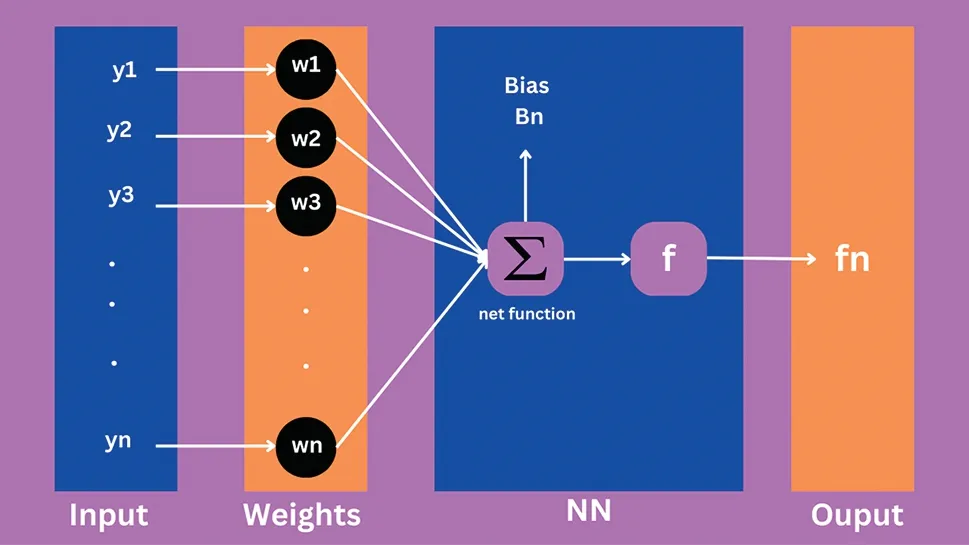
Figure 1:Proposed structure for the neuron
In literature, many fractional-order mathematical models along with artificial neural network approach models for real-world problems have been proposed utilizing the ANNs approach.Pornsawad et al.[19] analyze fractional-order mathematical differential equations for the backward heat problems by developing neural networks procedure.Qu et al.[20] analyzed the stability of the Caputo fractional-order derivative by utilizing the cellular neural network approach.Sabir et al.[21]analyzed the fractional order mathematical model of computer viruses by employing the Levenberg approach.Ghazizadeh et al.[22]studied the fractional order inverse problem with the estimation of relaxation time by utilizing the neural network approach.Souayeh et al.[23] utilized the Bayesian regularization approach to understand the Allee effect on the food chain supply.Umar et al.[24]investigated the neural network approach for analyzing the behavior of the nonlinear coronavirus model.Noinang et al.[25] worked on a system of magnetohydrodynamic (MHD) past over an inclined plate by utilizing the artificial neural network approach.Zhuang et al.[26]analyzed parameter estimation of inverse problem heat conduction problem in a composite medium utilizing Levenberg-Marquardt.Sabir et al.[27] studied nonlinear singular second-order delay differential equation utilizing the ANN approach.
The aim of this work was to develop and numerically solve a fractional dengue transmission model(FDTM) with Wolbachia using neural network.In the present model, we incorporated Wolbachiainfected mosquitoes along with Wolbachia-free mosquitoes and humans.The impact of vertical transmission probability on the persistence of dengue transmission in humans and mosquitoes has been analyzed using the Levenberg-Marquardt neural network(LM-NN)approach.The convergence and accuracy of the proposed LM-NN technique have been checked through mean square error,regression analysis plots,and state transition results.The results obtained from the proposed LM-NN approach for FDTM have been compared with the reference solutions obtained using the Adams-Bashforth-Moulton(ABM)method and they were found to be in good agreement.
2 Mathematical Model
A fractional dengue transmission model in the presence of Wolbachia is developed to observe the dynamics of dengue between humans and mosquitoes.The model consists of 12 compartments,namely, susceptible human(Sh), exposed human(Eh), infectious(Ih), recovered human(Rh), susceptible Wolbachia-infected mosquitoesSw, Wolbachia-infected mosquitoes that are exposed but not yet infectedEw, Wolbachia-infected mosquitoes that are Infectious to dengue virusIw, and the aquatic stage (eggs, larvae, pupae) of the Wolbachia-infected mosquitoeAw.Similarly, Wolbachiafree mosquito compartments are denoted withSn,En,In, andAn.The subscriptwstands for Wolbachia-carrying mosquitoes,subscriptnrepresents Wolbachia-free mosquitoes,and the subscripthdenotes the human classes.The death rates of Wolbachia-carrying and Wolbachia-free mosquitoes are denoted byμwandμn,respectively.Wolbachia-infected mosquitoes have a higher death rate than that of Wolbachia-free mosquitoes.This leads to reduced dengue virus load in Wolbachia-carrying mosquitoes and a lower probability of transmission from Wolbachia-carrying mosquitoes to humans than for Wolbachia-free mosquitoes.The maturation rate of Wolbachia-carrying aquatic mosquitoes to become adult Wolbachia-carrying mosquitoes is denoted withηρw,whereηdenotes the probability of becoming Wolbachia-infected mosquitoes and 1 -ηis the probability for the Wolbachia-free mosquitoes.
The reproduction rate of Wolbachia-carrying and Wolbachia-free mosquitoes are denoted byφwandφn,respectively.It has been observed that Wolbachia can cause a bendy proboscis,which inhibits feeding and results in a reduction in the biting rate.This decreased biting rate also accounts for the fact that some Wolbachia-carrying mosquitoes are efficiently not infected by dengue because of the viral replication limitation,resulting in a lower transmission rate from humans(i.e.,βw τn <βn τn)[28].
The model flowchart is given in Fig.2.
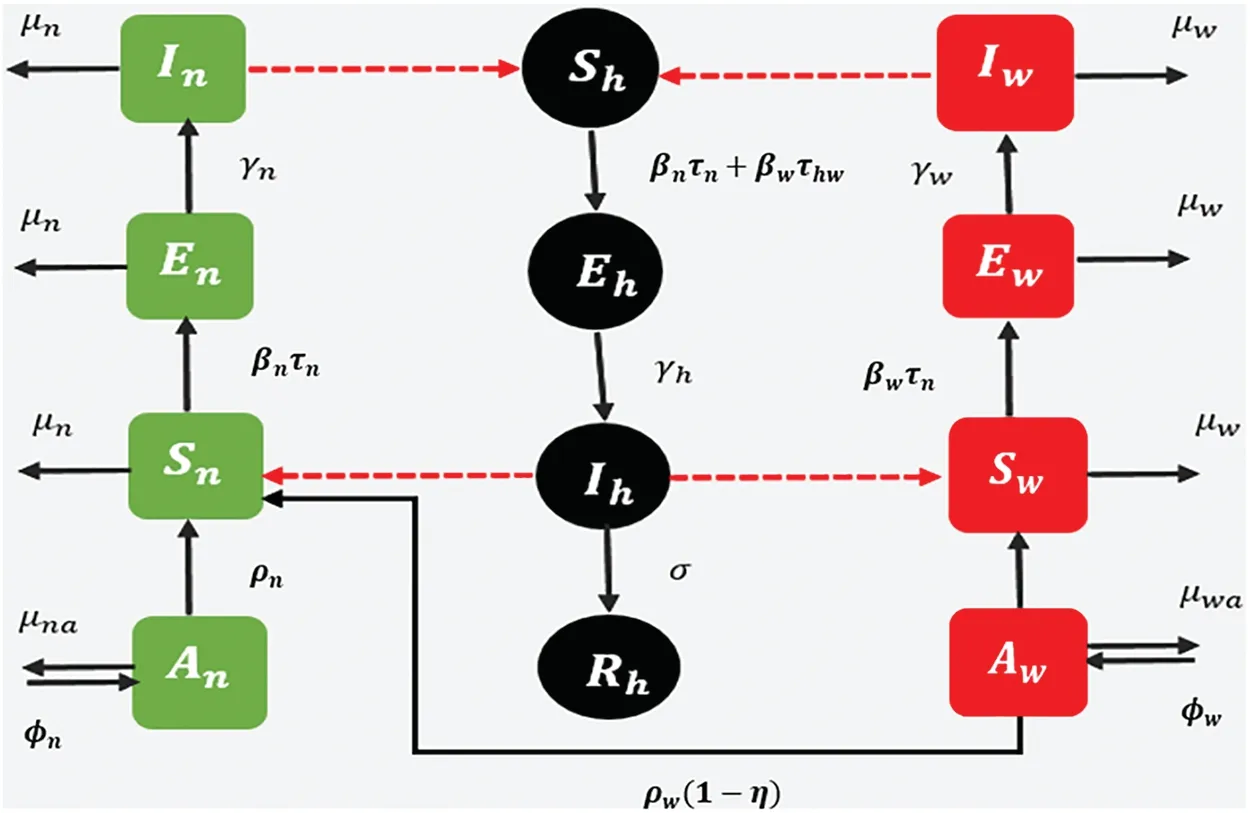
Figure 2: Schematic diagram: fractional dengue transmission model (FDTM) when Wolbachiacarrying and Wolbachia-free mosquitoes are present.Dashed lines represent disease transmission and solid lines show population progression
All the parameters that appear in model (1) are defined in Table 1.The FDTM model in the presence of Wolbachia is given below:
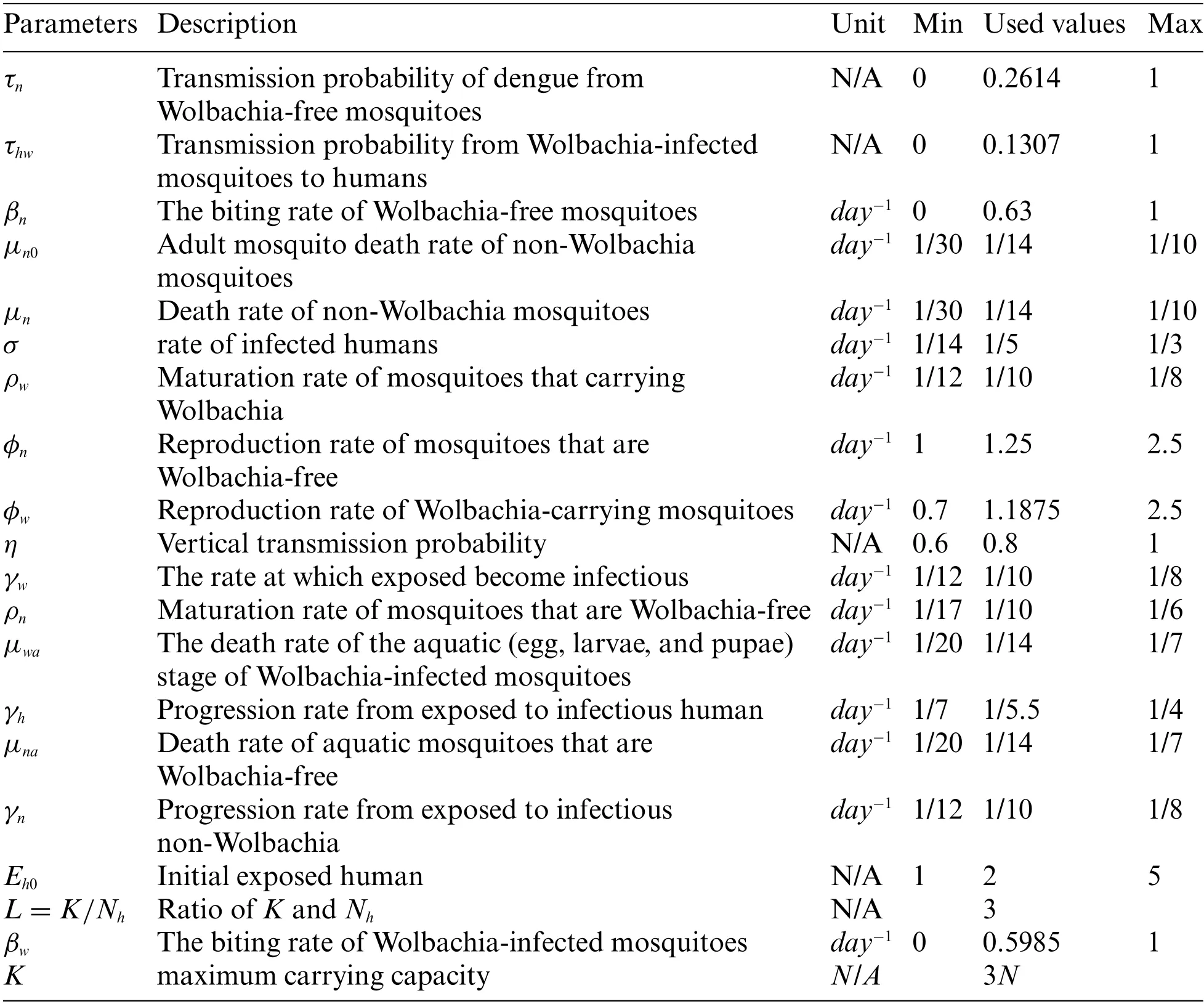
Table 1: Description and values of parameters[28,29]
The exposed Wolbachia-free and Wolbachia-carrying mosquitoes move to the infected class after biting the dengue-infected human with rateγnandγw,respectively.
3 Methodology
In this section, we explained the proposed Levenberg-Marquardt neural network (LM-NN)method that is used to solve the FDTM model(1).The Pseudocode of the proposed LM-NN technique is also given in Table 2.The construction of neuron is given in Fig.3.The details of steps involved in utilizing the LM-NN technique to solve the FDTM model in the presence of Wolbachia given in Fig.4.
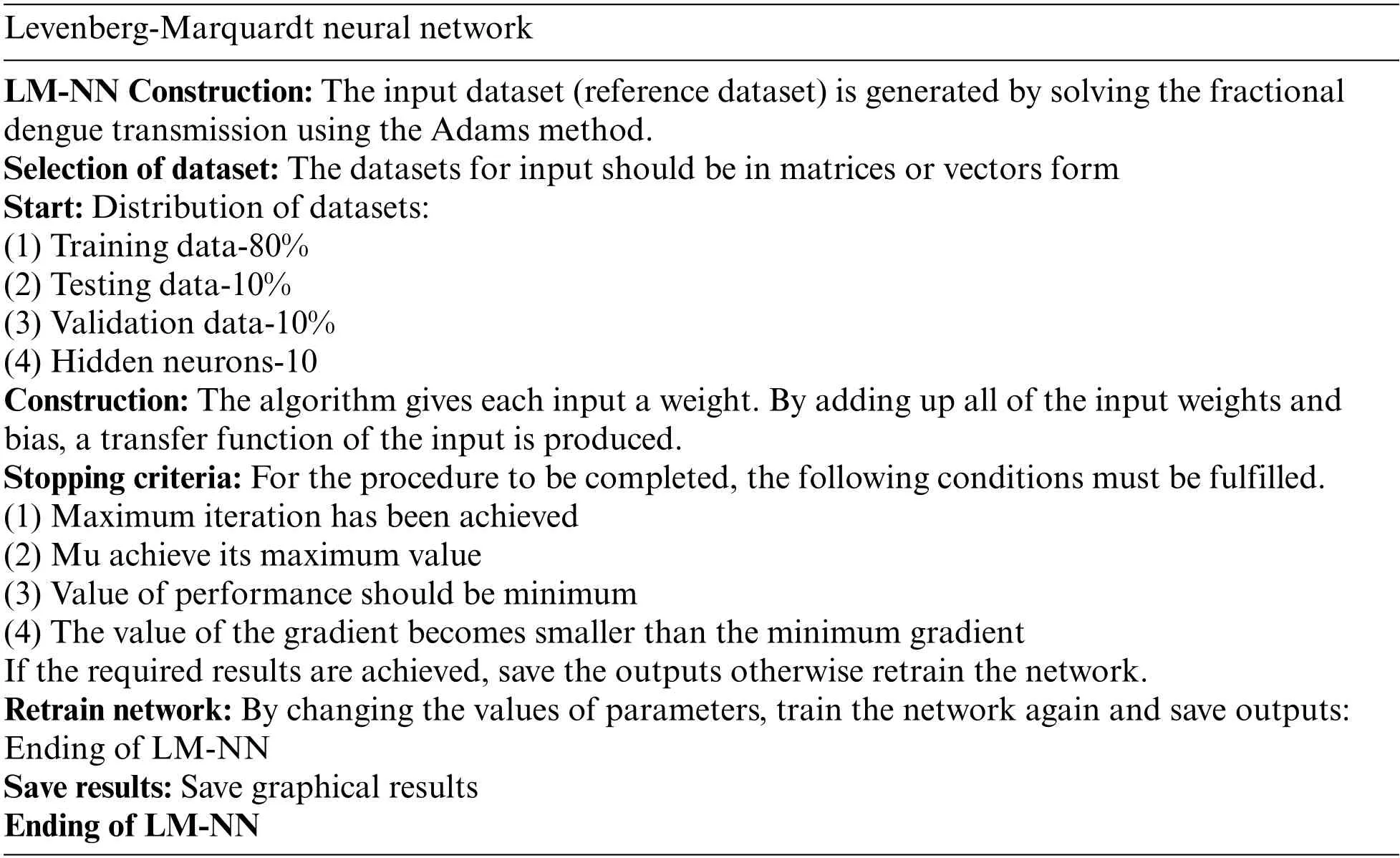
Table 2: Pseudocode of proposed artificial neural network

Figure 3:Construction of single neuron
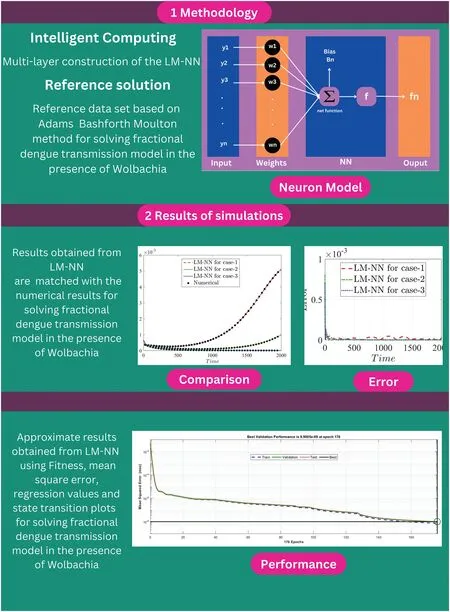
Figure 4: Flowchart for solving the FDTM model in the presence of Wolbachia using the proposed LM-NN technique
The novel properties of the proposed research work is as follows:
• Levenberg-Marquardt neural network(LM-NN)is based on a backpropagation process with a novel methodology or design is created for solving the fractional-order model(1)dealing with Wolbachia carrying and Wolbachia-free mosquitoes with humans.
• For the fractional dengue transmission model (FDTM), a stochastic-based back propagated numerical Levenberg-Marquardt neural network(LM-NN)procedure is utilized to obtain the best-approximated solution.
• Adams-Bashforth-Moulton (ABM) numerical method has been employed to generate the reference dataset.
• Numerical results obtained from the proposed LM-NN technique show good agreement with the reference solutions achieved using the ABM method.
• The reliability and consistency of the proposed LM-NN approach are investigated through statistical analysis.
• The best performance of the proposed LM-NN technique is analyzed using regression analysis(RA) plots, mean square error (MSE) graphs, fitness curves, and state transitions (STs) for different classes.
• Error analysis performed for different classes of FDTM is used to check the accuracy of the proposed LM-NN technique.
4 Numerical Simulations
This section describes the numerical simulations based on the outcomes of three scenarios of the nonlinear fractional dengue transmission model (FDTM) performed with the suggested LMNN approach.The simulations were conducted on scenarios with only Wolbachia-free mosquitoes present, both Wolbachia-free and Wolbachia-carrying mosquitoes present, and only Wolbachiacarrying mosquitoes present.The mathematical structure for each case is given as:
4.1 Case-1:Only Wolbachia-Free Mosquitoes Persist
For this case,we consider the following values of the parametersα= 0.4,η= 0.6,τn= 0.2614,τw= 0.2614,τhw= 0.1307,βn= 0.63,βw= 0.5985,μn0= 1/14,σ= 1/5,ρw= 1/10,ρn= 1/10,φn= 1.25,φw= 1.1875,γw= 1/10,γh= 1/5.5,γn= 1/10,μwa= 1/14,μna= 1/14,μw0=1/14,L=3,with initial conditionSh(0)=1-Eh(0)-Ih(0)-Rh(0),Eh(0)=Ih(0)=0,Rh(0)=0,Sn(0)=0.1326,En(0)=0,In(0)=0,An(0)=0.0138,Sw(0)=0.9400,Ew(0)=0,Iw(0)=0,Aw(0)=0.7535,then the resulting model(1)takes the following form:
4.2 Case-2:Both Type of Mosquitoes Wolbachia-Free and Wolbachia-Carrying Persist
For this case,the parameter values being examined areα=0.6,η=0.8,μ=τn=0.2614,τw= 0.2614,τhw= 0.1307,βn= 0.63,βw= 0.5985,μn0= 1/14,σ= 1/5,ρw= 1/10,ρn= 1/10,φn= 1.25,φw= 1.1875,γw= 1/10,γh= 1/5.5,γn= 1/10,μwa= 1/14,μna= 1/14,μw0= 1/14,L=3,with initial conditionSh(0)= 1-Eh(0)-Ih(0)-Rh(0),Eh(0)=,Ih(0)= 0,Rh(0)= 0,Sn(0)= 0.1326,En(0)= 0,In(0)= 0,An(0)= 0.0138,Sw(0)= 0.9400,Ew(0)= 0,Iw(0)= 0,Aw(0)=0.7535,then the model(1)becomes:
4.3 Case-3:Only Wolbachia-Carrying Mosquitoes Persist
Similarly, after putting the values of parameters in the model (1)α= 0.8,η= 1,μ=τn= 0.2614,τw= 0.2614,τhw= 0.1307,βn= 0.63,βw= 0.5985,μn0= 1/14,σ= 1/5,ρw= 1/10,ρn= 1/10,φn= 1.25,φw= 1.1875,γw= 1/10,γh= 1/5.5,γn= 1/10,μwa= 1/14,μna= 1/14,μw0=1/14,L=3,with initial conditionSh(0)=1-Eh(0)-Ih(0)-Rh(0),Eh(0)=Ih(0)=0,Rh(0)=0,Sn(0)=0.1326,En(0)=0,In(0)=0,An(0)=0.0138,Sw(0)=0.9400,Ew(0)=0,Iw(0)=0,Aw(0)=0.7535,then the model(1)is expressed in the following form:
The numerical results of the FDTM model is obtained through LM-NN technique which is implemented in MATLAB using the built-in package‘nftool’together with 10 neurons.To train the model using the Levenberg method,we used 80%of the data for training purposes,10%of the data is used for validation and the remaining 10%of the data is used for testing.Fig.3 shows the structure of a single neuron used for the best solution of the FDTM.The MSE performance for training,validation,and testing along with the number of epochs and gradient are presented in Table 3.
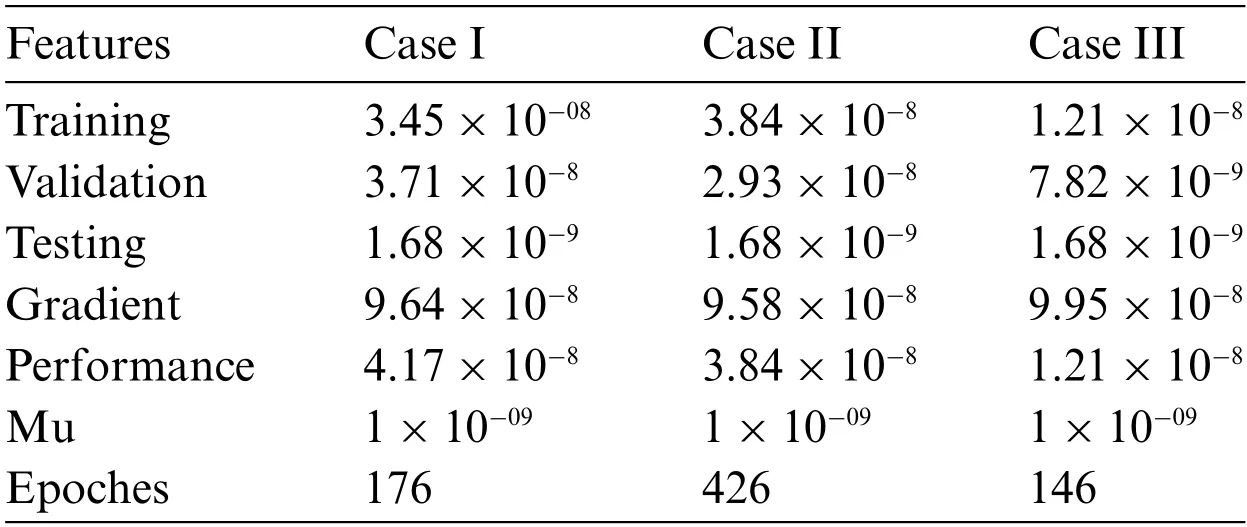
Table 3: Statistics of FDTM using LM-NN
The mean square error results obtained from the proposed neural network approach for each scenario of the FDTM are presented in Fig.5.At epochs 176,426,and 146 the mean square error is very small and the best performance values are 9.90×10-09,5.21×10-09and 5.29×10-09,respectively.
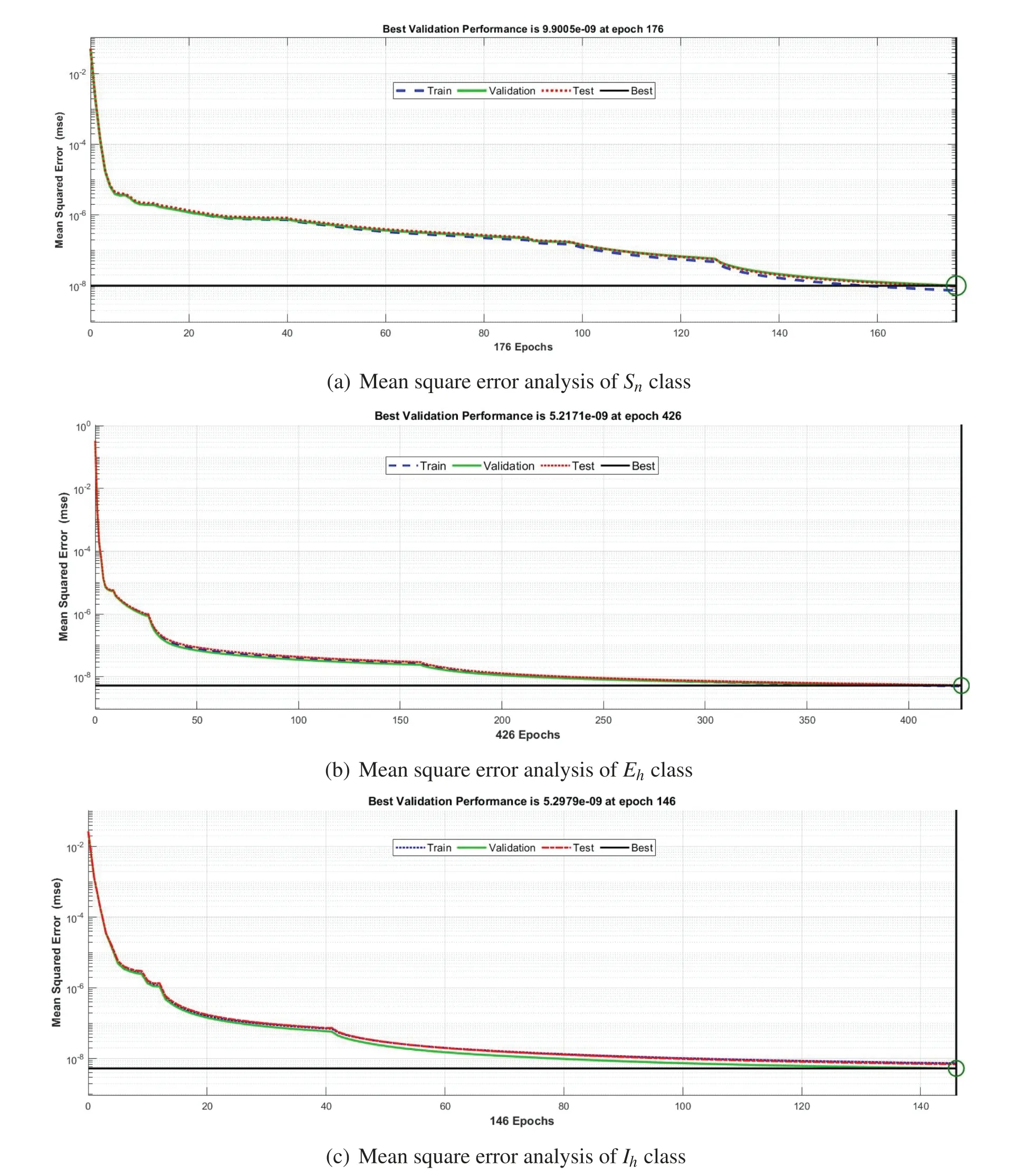
Figure 5:Mean square error analysis for FDTM
Figs.6–8 present the graphs of gradient,Mu,and validation performances of the proposed LMNN to solve the fractional dengue transmission model (FDTM).The values of gradient, and Mu,for Case I are 9.7776×10-08, 1×10-11, for Case II the values range 9.9631×10-08, 1×10-10, and for Case III these values are 9.6248×10-08,1×10-10.These values of gradient,Mu,and validation performances indicate the convergence and accuracy of the proposed LM-NN to solve the fractional dengue transmission model(FDTM).The fitting curve values for each case of the FDTM model are also shown in Figs.9–11.These graphs show good agreement between the solution obtained from LM-NN and the reference solution.
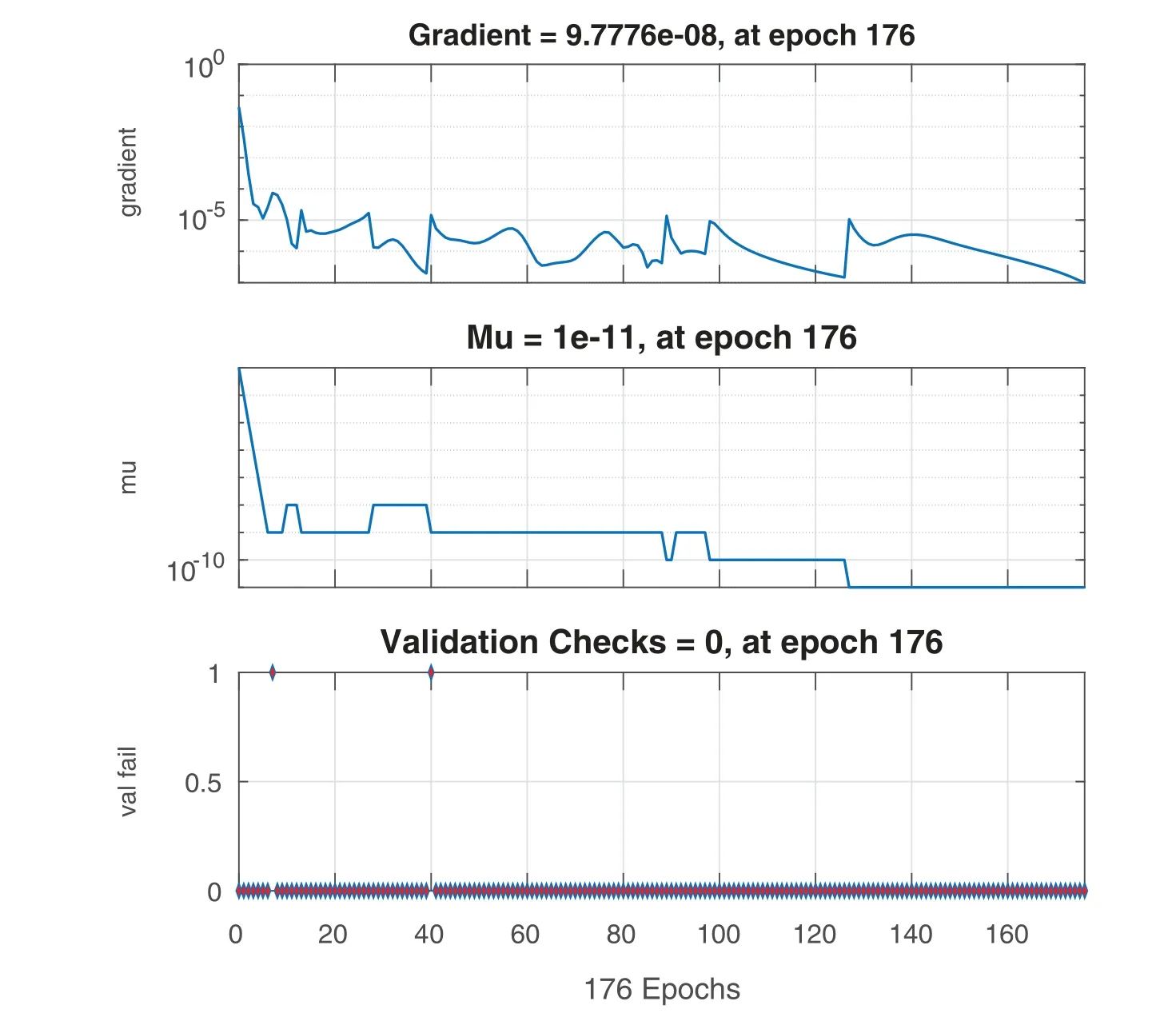
Figure 6:Case I:state transitions for FDTM

Figure 7: (Continued)
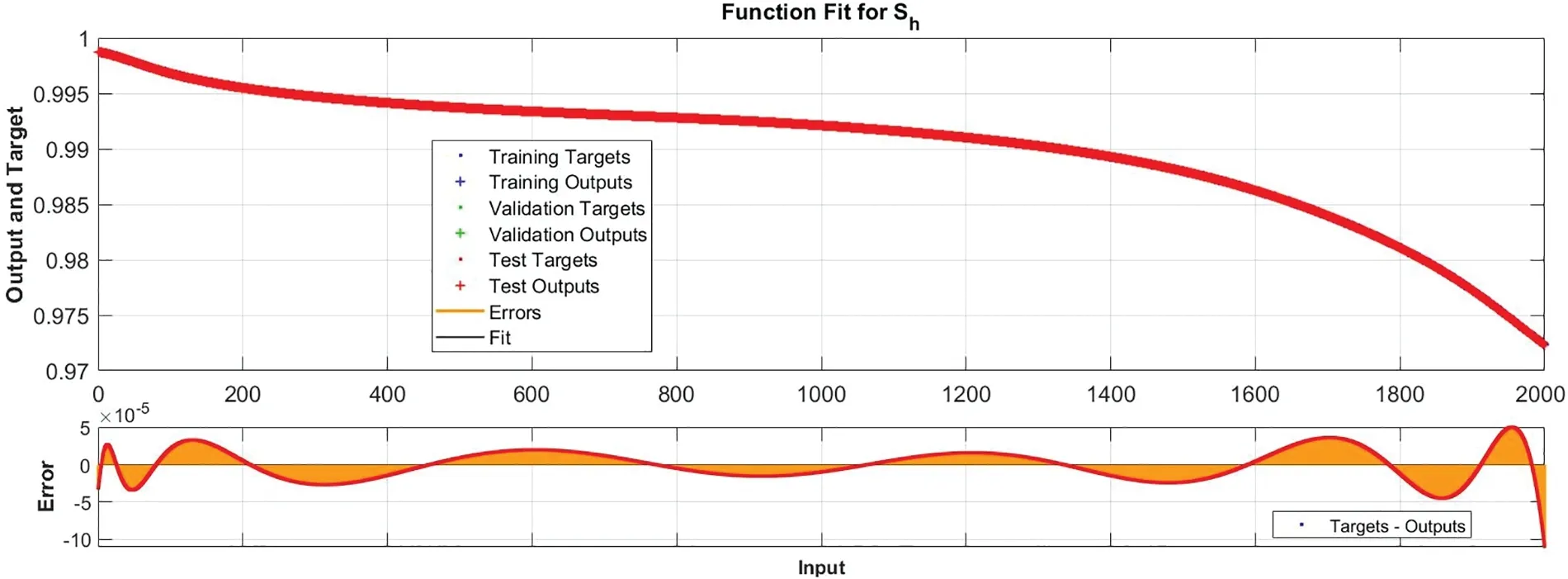
Figure 9:Case I:comparison of the outcomes through LM-NN for solving FDTM
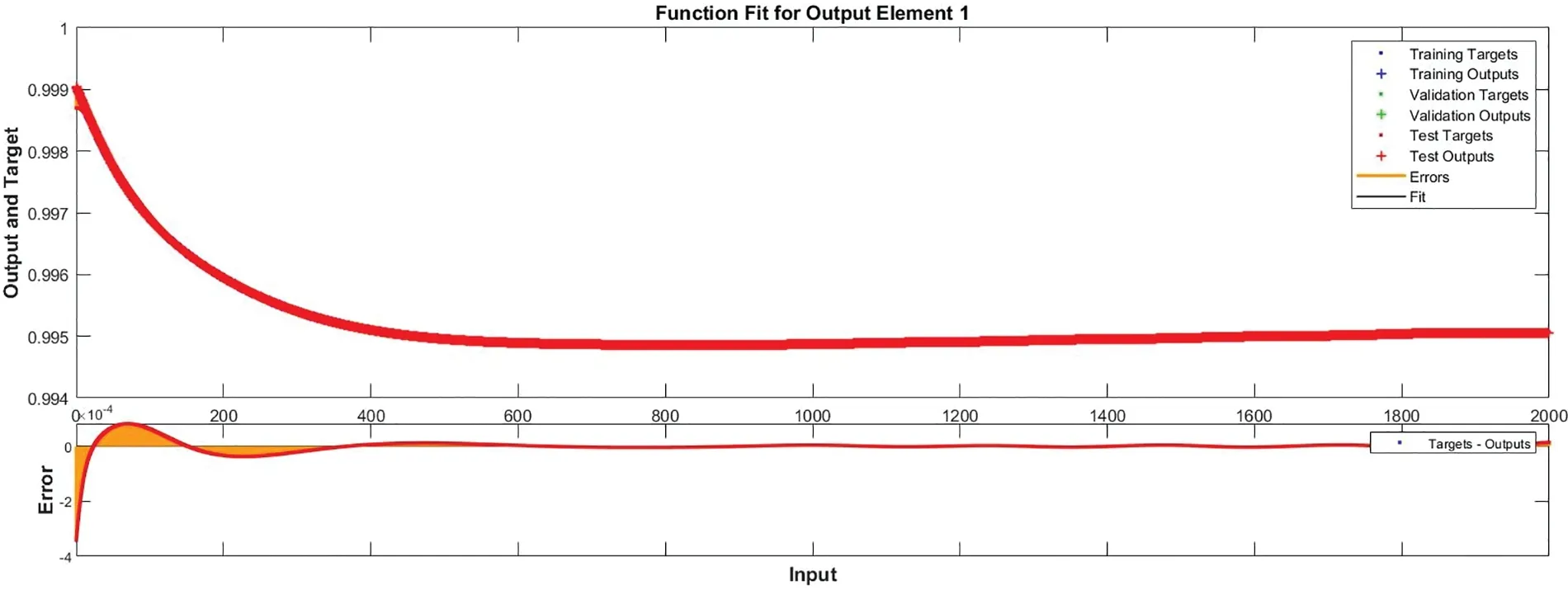
Figure 10:Case II:comparison of the outcomes through LM-NN for solving FDTM
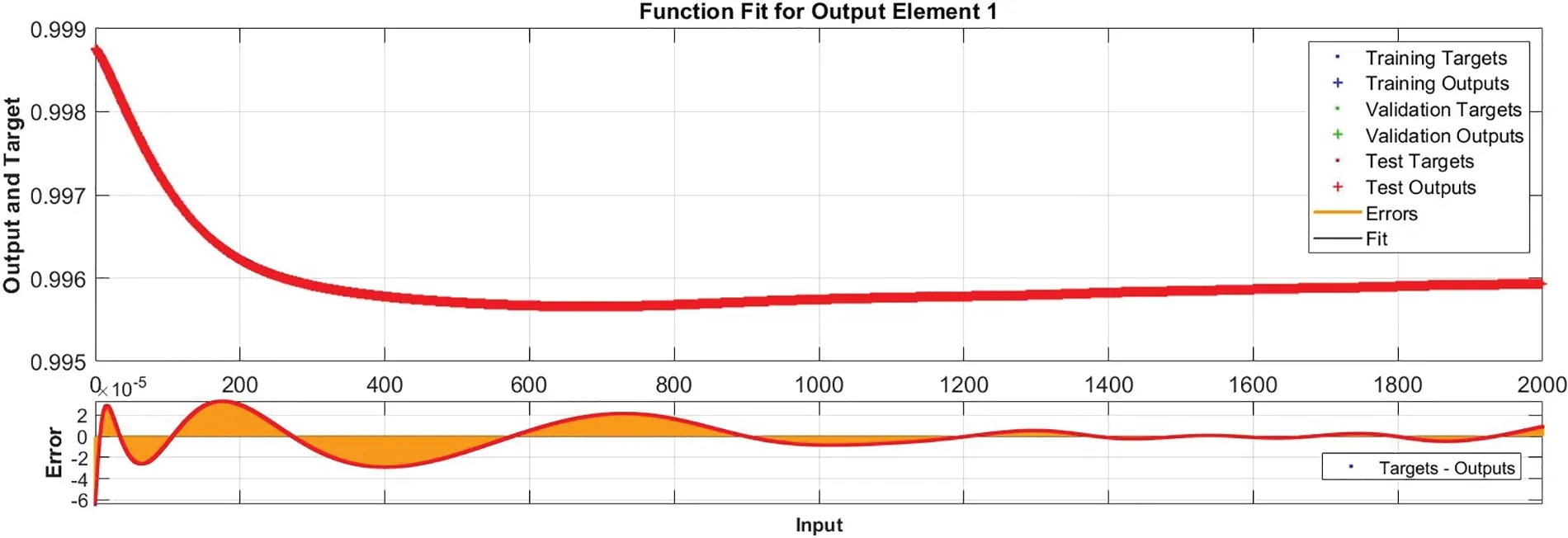
Figure 11:Case III:comparison of the outcomes through LM-NN for solving FDTM
Regression is a graphical representation of the precision of the LM-NN solution to the reference values for training, validation, and testing points separately.A straight line represents an available reference solution in these plots,while dots or small circles represent LM-NN results.The numerical value of regression can also be used to assess the computation’s accuracy and precision.R=1 indicates that the LM-NN solution is very near to the reference values, whereasR= 0 indicates that the relationship between the reference and the LM-NN solution is very weak.The regression plots are shown in Figs.12–14.From the regression plots,we observe thatRvalue is 1 for all the three different cases.The testing,validation,and training plots demonstrate that the developed LM-NN technique is efficient for solving the FDTM model.
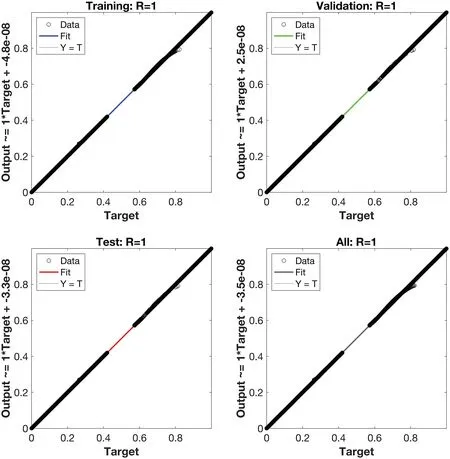
Figure 12:Case I:regression plots utilizing the LM-NN solving the FDTM
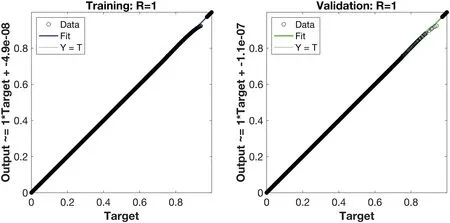
Figure 13: (Continued)

Figure 14:Case III:regression plots utilizing the LM-NN solving the FDTM
Fig.15 illustrates the comparison of the numerical results of model(1)using the ABM approach to the solution of the FDTM using the LM-NN technique.Fig.15a shows the comparison of theSnclass for three different cases,similarly Figs.15b–15d represent the comparison of the classesSw,EhandIh, respectively.Fig.15 shows that the numerical results obtained using the LM-NN technique lie on the target solution lines.The perfect matching of the results shows that the proposed stochastic approach for solving the FDTM is accurate and reliable.The Fig.15 shows the impact of varying levels of vertical transmission of Wolbachia on mosquito populations and dengue transmission.In case-1 and case-2,of Fig.15a populations of Wolbachia-free mosquitoes persist,while in case-3,populations of Wolbachia-free mosquitoes decrease with increasing vertical transmission probability of Wolbachia.Fig.15b shows the population of Wolbachia-carrying mosquitoes increases with increasing vertical transmission probability of Wolbachia and decreases with decreasing vertical transmission probability.Fig.15c has shown that whenη= 0.6 ( case-1), the number of exposed humans are high.Since forη= 0.6, only Wolbachia-uninfected mosquitoes persist, so the number of exposed humans is high compared to when we have Wolbachia-free along with Wolbachia-infected(case-2).The number of exposed humans decreases significantly whenη= 1 (case-3).Fig.15d shows the rate of dengue infection in humans is highest at a vertical transmission probability of 0.6, but decreases when the vertical transmission (η) probability is grows up.For example in case-2 vertical transmission probability is 0.8 and in case-3 vertical transmission probability is 1, the dengue infection dropped down,respectively.

Figure 15: Comparison values of the presented LM-NN and the reference solutions for solving the FDTM
Error plots were generated for three different scenarios involving the classesSn,Eh, andIh.The error analysis used a reference dataset(obtained from the Adams-Bashforth-Moulton method)and the best-approximated solution of the FDTM model solved by the Levenberg-Marquardt Neural Network(LM-NN)approach.The error plot for the susceptible non-WolbachiaSnclass has been provided in Fig.16a,exposed humanEhprovided in Fig.16b,and infected humanIhclass presented in Fig.16c and their range is up to 10-4.

Figure 16:Error values of the presented LM-NN and the reference solutions for solving the FDTM
5 Conclusion
The purpose of this research study was to develop the fractional dengue transmission model(FDTM) in the presence of Wolbachia-carrying mosquitoes.The model incorporated the vertical transmission of Wolbachia in mosquitoes.In this study, we proposed the numerical solution of the fractional dengue transmission model (FDTM) using the stochastic-based Levenberg-Marquardt neural networks (LM-NN) technique.The FDTM model was solved using the Adams-Bashforth-Moulton (ABM) technique to create a reference dataset.The created dataset was used for training(80%),testing(10%),and validation(10%)of the proposed LM-NN technique with 10 hidden layers of neurons.The graphs of mean square error were presented for three different cases,when Wolbachiafree mosquitoes persist only(η= 0.6), when both types of mosquitoes persist(η= 0.8), and when only Wolbachia-infected mosquitoes persist(η= 1).The reduction in dengue occurs when the vertical transmission probability of Wolbachia increases in mosquitoes.The accuracy of the proposed Levenberg-Marquardt neural networks(LM-NN)technique is assessed by comparing results obtained from the proposed LM-NN technique with the reference solutions.The plots of state transitions,fitness curves, error, and regression analysis were also presented.These results suggest the accuracy and reliability of the proposed LM-NN technique.
Acknowledgement:The authors are thankful to the anonymous reviewers for improving this article.
Funding Statement:The authors received no specific funding for this study.
Author Contributions:The authors confirm their contribution to the paper as follows:study conception and design:SJ,IA,and DB;methodology:ZF;analysis and interpretation of results:SJ,IA,ZF,and DB;draft manuscript preparation:SJ,IA,ZF,and DB;validation:SJ and DB;review and editing:IF and ZF.All authors reviewed the results and approved the final version of the manuscript.
Availability of Data and Materials:Not applicable.
Conflicts of Interest:The authors declare that they have no conflicts of interest to report regarding the present study.
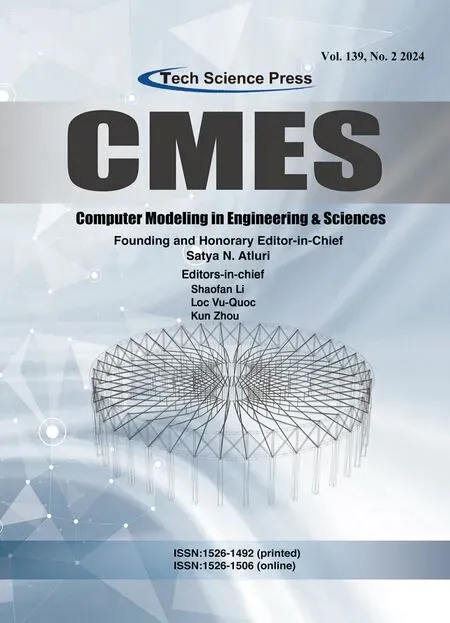 Computer Modeling In Engineering&Sciences2024年5期
Computer Modeling In Engineering&Sciences2024年5期
- Computer Modeling In Engineering&Sciences的其它文章
- Wireless Positioning:Technologies,Applications,Challenges,and Future Development Trends
- Social Media-Based Surveillance Systems for Health Informatics Using Machine and Deep Learning Techniques:A Comprehensive Review and Open Challenges
- AI Fairness–From Machine Learning to Federated Learning
- Research on Anti-Fluctuation Control of Winding Tension System Based on Feedforward Compensation
- Fast and Accurate Predictor-Corrector Methods Using Feedback-Accelerated Picard Iteration for Strongly Nonlinear Problems
- Research on Evacuation Path Planning Based on Improved Sparrow Search Algorithm
